Frequency allocation
The allocation of radio frequencies is provided according to Article 5 of the ITU Radio Regulations (edition 2012). [2]
In order to improve harmonisation in spectrum utilisation, the majority of service-allocations stipulated in this document were incorporated in national Tables of Frequency Allocations and Utilisations which is with-in the responsibility of the appropriate national administration. The allocation might be primary, secondary, exclusive, and shared.
- primary allocation: is indicated by writing in capital letters
- secondary allocation: is indicated by small letters
- exclusive or shared utilization: is within the responsibility of administrations
- Example of frequency allocation
| Allocation to services |
| Region 1 | Region 2 | Region 3 |
137–137.025
- SPACE OPERATION (space-to-Earth)
METEOROLOGICAL-SATELLITE (space-to-Earth)
MOBILE-SATELLITE (space-to-Earth)
SPACE RESEARCH (space-to-Earth)
Fixed
Mobile except aeronautical mobile (R)
|
|
- Selection of MMSS stations
Space radio station, Inmarsat-3 satellite
Earth station, telephone terminal
Inmarsat aerial (stern of the yacht)
Inmarsat aerial of the US Navy
Hand-held radios of the MMSS
Inmarsat satellite telephone
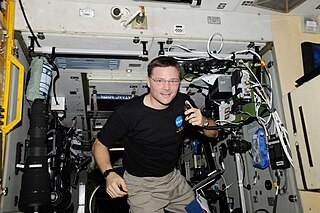
Space radio station is a radio station located on an object travelling beyond the major portion of the Earth's atmosphere. Each station shall be classified by the service in which it operates permanently or temporarily. However, most spacecraft communicate by this means.
This page is based on this
Wikipedia article Text is available under the
CC BY-SA 4.0 license; additional terms may apply.
Images, videos and audio are available under their respective licenses.

Fixed-satellite service is – according to article 1.21 of the International Telecommunication Union´s (ITU) Radio Regulations (RR) – defined as A radiocommunication service between earth stations at given positions, when one or more satellites are used; the given position may be a specified fixed point or any fixed point within specified areas; in some cases this service includes satellite-to-satellite links, which may also be operated in the inter-satellite service; the fixed-satellite service may also include feeder links for other space radiocommunication services.
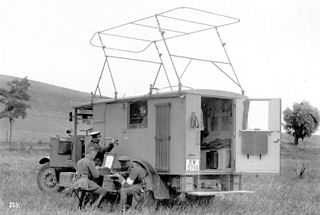
Land mobile service is – in line to ITU Radio Regulations – a mobile service between base stations and land mobile stations, or between land mobile stations.
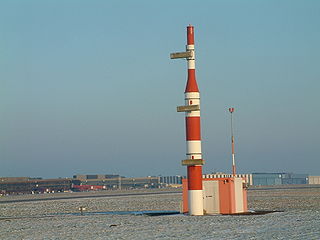
Aeronautical radionavigation service is – according to Article 1.46 of the International Telecommunication Union´s (ITU) Radio Regulations (RR) – defined as «A radionavigation service intended for the benefit and for the safe operation of aircraft.»
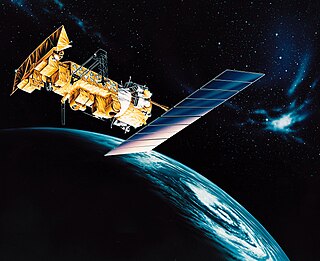
Meteorological-satellite service is – according to Article 1.52 of the International Telecommunication Union´s (ITU) Radio Regulations (RR) – defined as « An earth exploration-satellite service for meteorological purposes.»

Earth exploration-satellite service is – according to Article 1.51 of the International Telecommunication Union´s (ITU) Radio Regulations (RR) – defined as «A radiocommunication service between earth stations and one or more space stations, which may include links between space stations, in which:
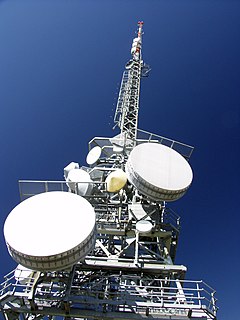
In telecommunications, a fixed service is a radiocommunication service between specified fixed points.

Space research service is – according to Article 1.55 of the International Telecommunication Union´s (ITU) Radio Regulations (RR) – defined as «A radiocommunication service in which spacecraft or other objects in space are used for scientific or technological research purposes.»

Land mobile-satellite service is – according to Article 1.27 of the International Telecommunication Union´s (ITU) Radio Regulations (RR) – defined as «A mobile-satellite service in which mobile earth stations are located on land.»

Aeronautical mobile service is – according to Article 1.32 of the International Telecommunication Union´s (ITU) Radio Regulations (RR) – defined as «A mobile service between aeronautical stations and aircraft stations, or between aircraft stations, in which survival craft stations may participate; emergency position-indicating radiobeacon stations may also participate in this service on designated distress and emergency frequencies.»

Aeronautical mobile-satellite service is – according to Article 1.35 of the International Telecommunication Union´s (ITU) Radio Regulations (RR) – defined as «A mobile-satellite service in which mobile earth stations are located on board aircraft; survival craft stations and emergency position-indicating radiobeacon stations may also participate in this service. . »

Aeronautical mobile (R) service is – according to Article 1.33 of the International Telecommunication Union´s (ITU) Radio Regulations (RR) – defined as «An aeronautical mobile service reserved for communications relating to safety and regularity of flight, primarily along national or international civil air routes.»

Aeronautical mobile (OR) service is – according to Article 1.34 of the International Telecommunication Union´s (ITU) Radio Regulations (RR) – defined as «An aeronautical mobile service intended for communications, including those relating to flight coordination, primarily outside national or international civil air routes.»

Aeronautical mobile-satellite (R)° service is – according to Article 1.36 of the International Telecommunication Union´s (ITU) Radio Regulations (RR) – defined as «An aeronautical mobile-satellite service reserved for communications relating to safety and regularity of flights, primarily along national or international civil air routes.»

Aeronautical mobile-satellite (OR)°° service is – according to Article 1.37 of the International Telecommunication Union´s (ITU) Radio Regulations (RR) – defined as «An aeronautical mobile-satellite service reserved for communications relating to safety and regularity of flights, primarily outside national or international civil air routes.»
Radiodetermination-satellite service is – according to Article 1.41 of the International Telecommunication Union´s (ITU) Radio Regulations (RR) – defined as «A radiocommunication service for the purpose of radiodetermination involving the use of one or more space stations. This service may also include feeder links necessary for its own operation.»

A radionavigation-satellite service (RNSS) is "a radiodetermination-satellite service used for the purpose of radionavigation. This service may also include feeder links necessary for its operation".

Standard frequency and time signal-satellite service is, according to Article 1.54 of the International Telecommunication Union´s (ITU) Radio Regulations (RR), defined as A radiocommunication service using space stations on earth satellites for the same purposes as those of the standard frequency and time signal service.






















